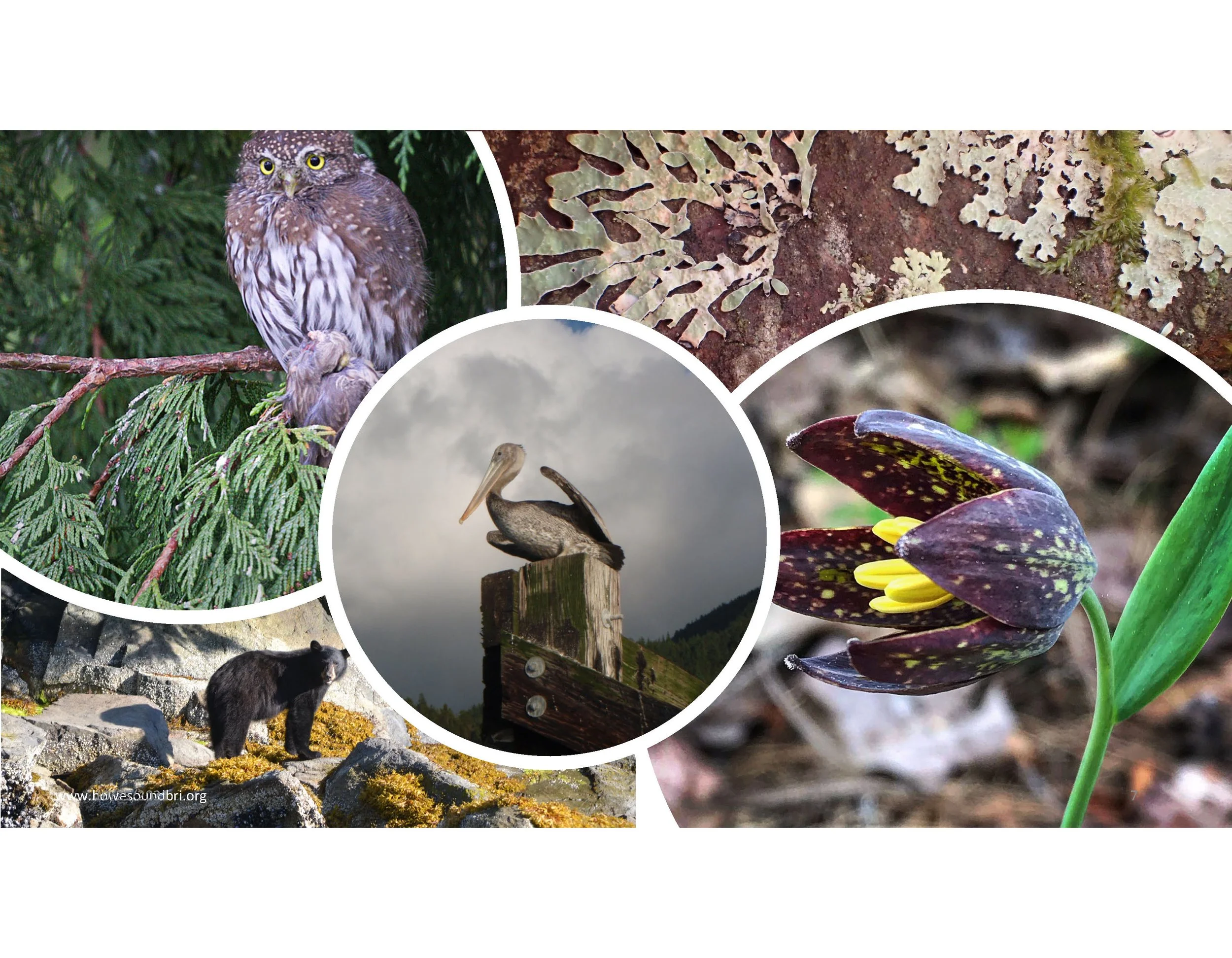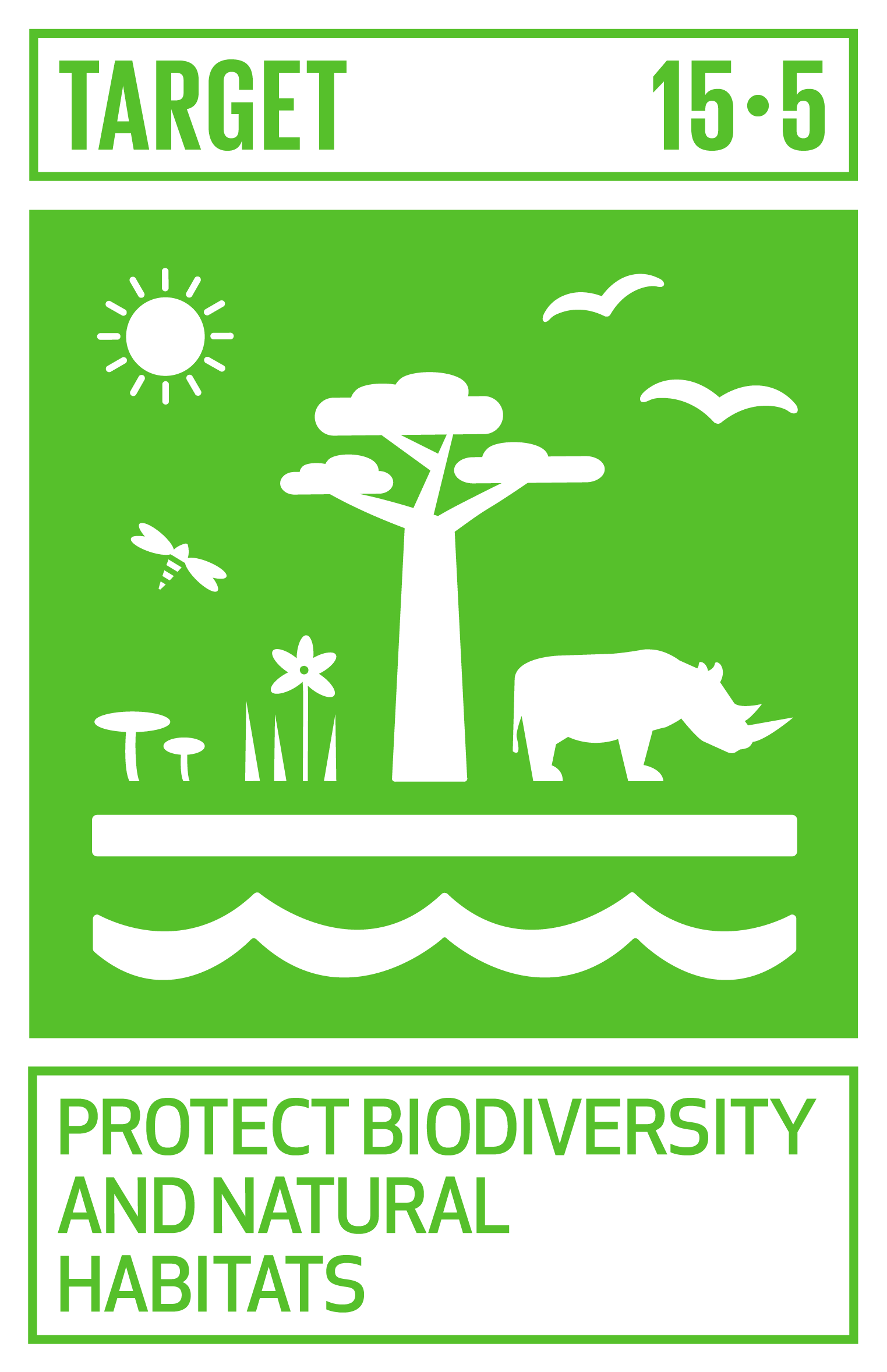Below are current actions that have been made known. This list is kept up to date based on contributions of information made available. If you have something to add please submit your update.
For monitoring of freshwater, estuary and marine environment go to the Ocean Watch Action Committee’s Action Tracker here.
+ 1.Conduct long-term observations of of key species and habitats, and potential hazards (e.g., pollutants).
BIRDS
Purple Martin: Squamish Environment Conservation Society is monitoring the Purple Martin Nest boxes The Society installed Purple Martin nest boxes in the Squamish estuary to support the recovery of this blue-listed species. In 2021 they added custom-designed nest boxes, with infrared cameras to document nesting activity. The photos and video captured will contribute to an online resource, made available to other citizen science groups who are also undertaking Purple Martin recovery projects in BC.
Bald Eagles: The Squamish Environment Conservation Society organizes aach year, on the first Sunday after New Year’s Day, volunteers from the Squamish area to conduct the annual Brackendale Winter Eagle Count. The volunteers cover approximately 20 separate areas by foot, snowshoe, ski and raft, over a 40-mile area from the Elaho to downtown Squamish, and from Paradise Valley to the Stawamus River. Eagle Watch Monitoring Program: EagleWatch was established in 1995 as part of the Nature Conservancy of Canada’s Eagles of Brackendale project to help preserve the wintering bald eagles and their ecosystem in the Squamish Valley. The program is coordinated by the Squamish Environment Society (SES), with support from the Province of British Columbia, the District of Squamish, and other donors.Volunteers are at Eagle Run dike for one hour each morning and afternoon every day during prime eagle season, from early November until early January. The volunteers’ main responsibility is to count and record the number of eagles and other wildlife sightings, as well as weather and any noteworthy events. Data gathered by the volunteers is posted as soon as possible on this website, to inform everyone about the current eagle population visiting Eagle Run.
- Annual bird counts: The Squamish Environment Conservation Society and The Squamish Birders organize monthly estuary bird counts, the annual Christmas Bird Count (CBC), and other birding activities. Annual reports are available on their website. The Squamish River Area is identified as an Important Bird Area (IBA BC023) under Important Bird Areas Canada.
- Marbled Murrelet The Sunshine Coast Conservation Association contributed data and recommendations for protecting marbled murrelet habitat in the Sunshine Coast Regional area. In 2021 the BC Government announced protections following their study on cumulative effects of Marbled Murrelets in Howe Sound. The SCCA is now applying for funding to proposed Wildlife Habitat areas be designated in addition to the Old Growth Management Areas to further protection of the important habitat.
AMPHIBIANS
Western Toad: The Squamish Environment Society has launched a citizen science project in collaboration with BC Parks, to monitor Western Toads (Anaxyrus boreas) at Alice Lake Provincial Park.
Coastal Tailed Frog: Monitoring for presence of Ascaphus truei, Federally listed Special Concern Species At Risk, on Gambier Island was undertaken by the Gambier Island Conservancy in 2021. In 2022 monitoring continued in seven watersheds. There were visual sightings of the frog while eDNA samples were being taken. More information here.
MAMMALS
- Bats: The Bowen Island Conservancy is monitoring bats in the newly aquired 32 acres of land. Seven types of bat have been identified, including species at risk.
MONITORING IN NATURE RESERVES AND OTHER CONSERVED AREAS
- Gambier Island Conservancy is a joint holder with the Sunshine Coast Conservation Association of the conservation covenants on the three nature reserves in the vicinity of Brigade Bay on Gambier Island. The Islands Trust Conservancy provides funding and management for tree planting and invasive species removal in the reserves.
- Sandy Beach on Lheḵ’tínes (also known as Keats Island) has made history as the Islands Trust Conservancy's 30th nature reserve created in 30 years. Monitoring of the area was conducted to provide baseline information and recommendations for future monitoring of sensitive habitats.
- In Spring 2022 Capilano Univeristy Biology students and instructors will be monitoring species at risk in the Long Bay Nature Reserve on Gambier Island.
INVASIVE SPECIES
- The Sea to Sky Invasive Species Council (SSISC), the Sunshine Coast Invasive Species Council and Metro Vancouver Parks provide funding, education and resources for removal and control of priority species that threaten habitats. Work is ongoing throughout the year to identify and then minimize the impacts of invasives such as hogweed, knotweed, laurel spurge.
+ 6.2 Make information easily available to support decision making.
- Species Lists: iNaturalist has become the go to application for citizen scientists around the region. Behind the Biodiversity Squamish project Squamish Environment Society sorts and The dataset spreadsheet contains one species per line. Data sources include museum collections, professional and other reliable lists, plus iNaturalist records, all proven to live within the above boundary.
Biodiversity Squamish also collaborates with other iNaturalist projects throughout the Salish Sea bioregion, facilitated by Andrew Simon – Institute for Multidisciplinary Ecological Research in the Salish Sea (IMERSS). We use his spreadsheet format, making it easy to compare data.
- The Marine Reference Guide online map and resources was launched in June 2021. The guide has hundreds of data layers that visualize and describe Howe Sound/Átl’ka7tsem’s aquatic ecology, biophysical environment, administrative boundaries, and human uses and values. This decision-support tool shows how different data layers overlap and interact and can be used to understand multi-use of aquatic spaces to reduce user conflict. This map also supports education and increase the holistic awareness of Howe Sound/Átl’ka7tsem – from mountain top to the seafloor.
- The David Suzuki Foundation online Átl’ka7tsem/Howe Sound marine conservation map features more than 140 layers of data, ranging from estuaries to eelgrass, glass sponge reefs to shipping routes, herring spawning grounds to log-sorting sites. The map does more than show us where species live. Through a computer modelling analysis (Marxan), the Átl’ka7tsem/Howe Sound marine conservation map shows where marine biodiversity hot spots are and recommends 34 candidate areas for protection and management.
+ 6.3. Create a centralized hub to make group information and data easily accessible and searchable, to increase group participation and data use
- This Action Trackers encourages group participation and transparency as a central location for tracking actions to advance biodiversity conservation and ocean health in Howe Sound.


